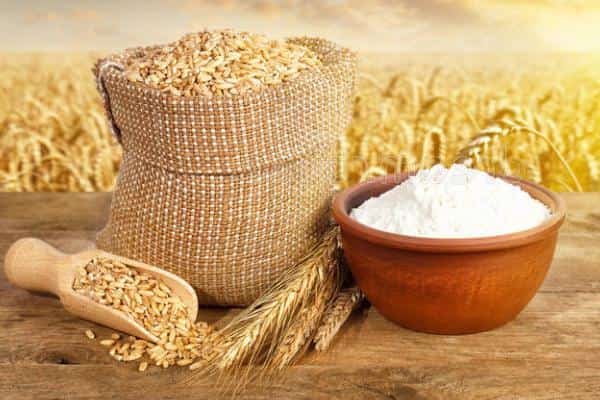In the past, our great-grandmothers kept all their food in the pantries. Want to know how best to store flour products, cereals, oatmeal, etc.? Flour refers to those products that deteriorate very quickly, especially to whole meal flour. This product absorbs moisture and odors very easily. Check how to store flour and flour products so that they keep their freshness and stored for a long time.
1. Flour should be stored in a dry and dark place, such as in a closed cabinet. To prevent the flour from getting wet, it is best to store it in an airtight container (it can be a jar, a plastic container, etc.). Flour has a shelf life of up to 3–5 months (according to the instructions on the packaging).
2. If you want to save and buy more flour, it is better to buy whole grains and a home mill. Flakes hold better, and flour prepared from them at home has greater nutritional value and tastes better.
3. Large quantities of flour are best stored in jute bags – before being sieved and dried well. Store the flour bag in a well-ventilated, dry and clean place. This bag should not be placed directly on the ground, but on wooden platforms, so that the flour is better ventilated. Packages should be stored in cool rooms where the temperature does not exceed 15 degrees and the relative humidity does not exceed 70%.
4. Acquired grain products: flour, meal, cereal, etc. Before storing them for further storage, they must be checked, paying attention to taste, smell, color, humidity and the appearance of pests.
5. A good flour has a fresh smell, while spoiled flour can have a soft, musty, herring, honey, putrid odor. Fresh flour does not have a pronounced taste, spoiled one has a bitter, prickly, sour, moldy or sweet taste.
6. The color of wheat flour is white with a slightly yellow tint, which depends on the fat content. The whiter the flour, the higher the grade. Wheat flour can never have a gray tint of its whiteness, while rye flour in the lower grades can have this color.
7. The moisture of the flour can be checked by holding it in your hands, and after squeezing it, make sure that it easily slips between your fingers, or if it looks slightly crispy, and when it opens, it breaks up. If it does not meet these conditions, then it is wet. It should be slightly dried in the oven and stored in a dry room. The flour in your fingers should give you a feeling of fine powder. It is advisable to sift the flour if you change the commercial packaging to another.
8. Under good conditions, the shelf life can be extended, but not indefinitely. With longer storage in flour, the amount of fatty acids increases, which negatively affects the taste and its value. Flour loses its characteristic plasticity and elasticity, as a result of which the old flour is not suitable for baking muffins.
9. Flakes and cereals should be stored under the same conditions as flour, that is, in a dry, dark, clean and often ventilated area. You can store them in their original packaging, or in screw cans or in sealed cans.








